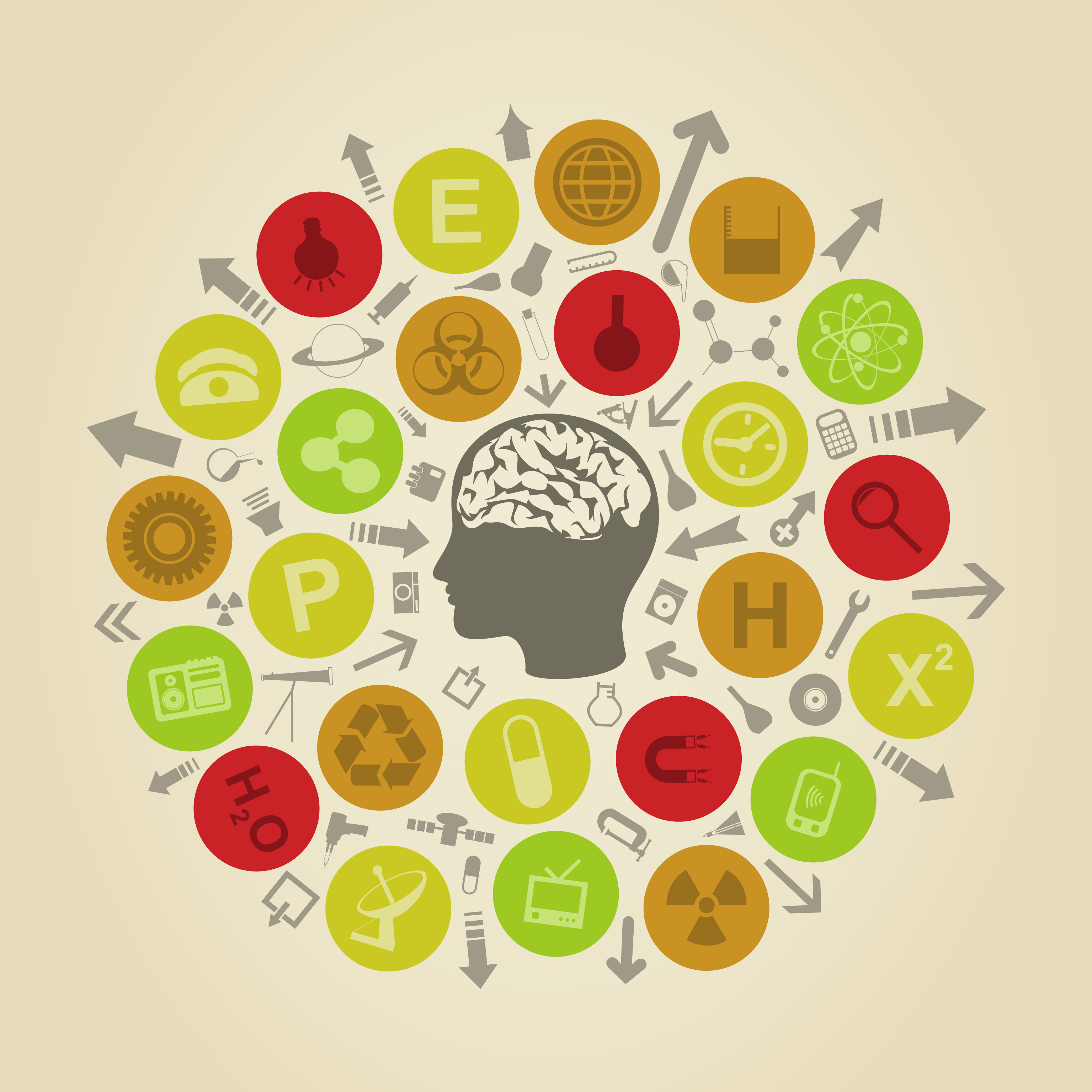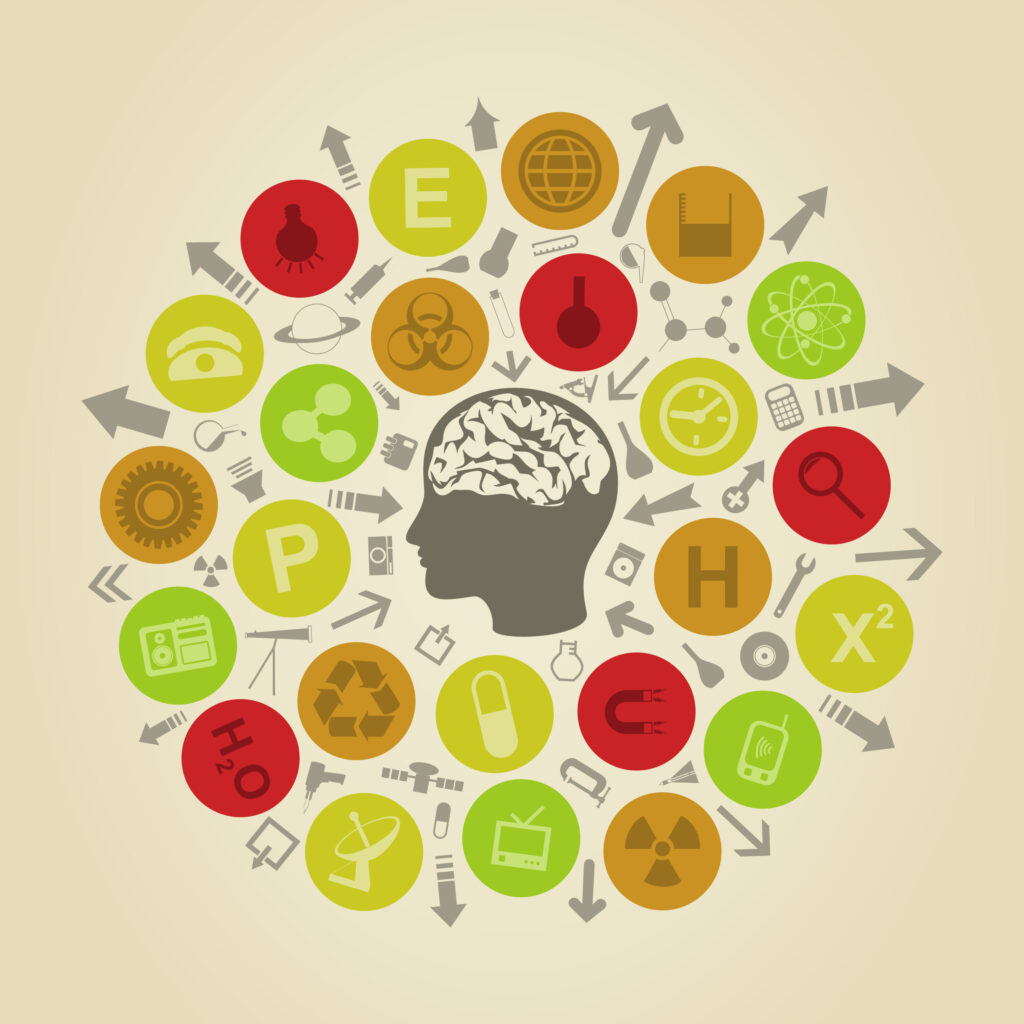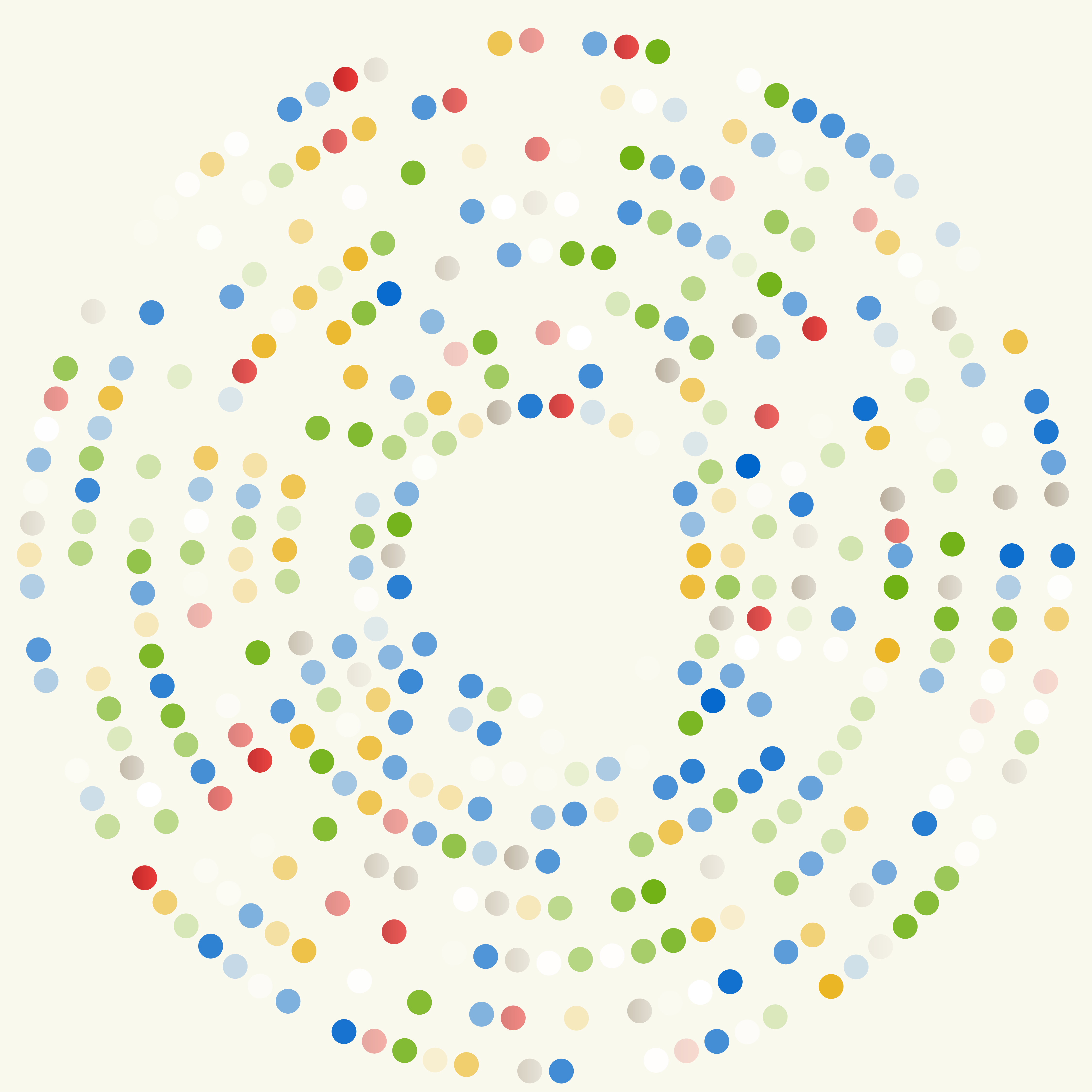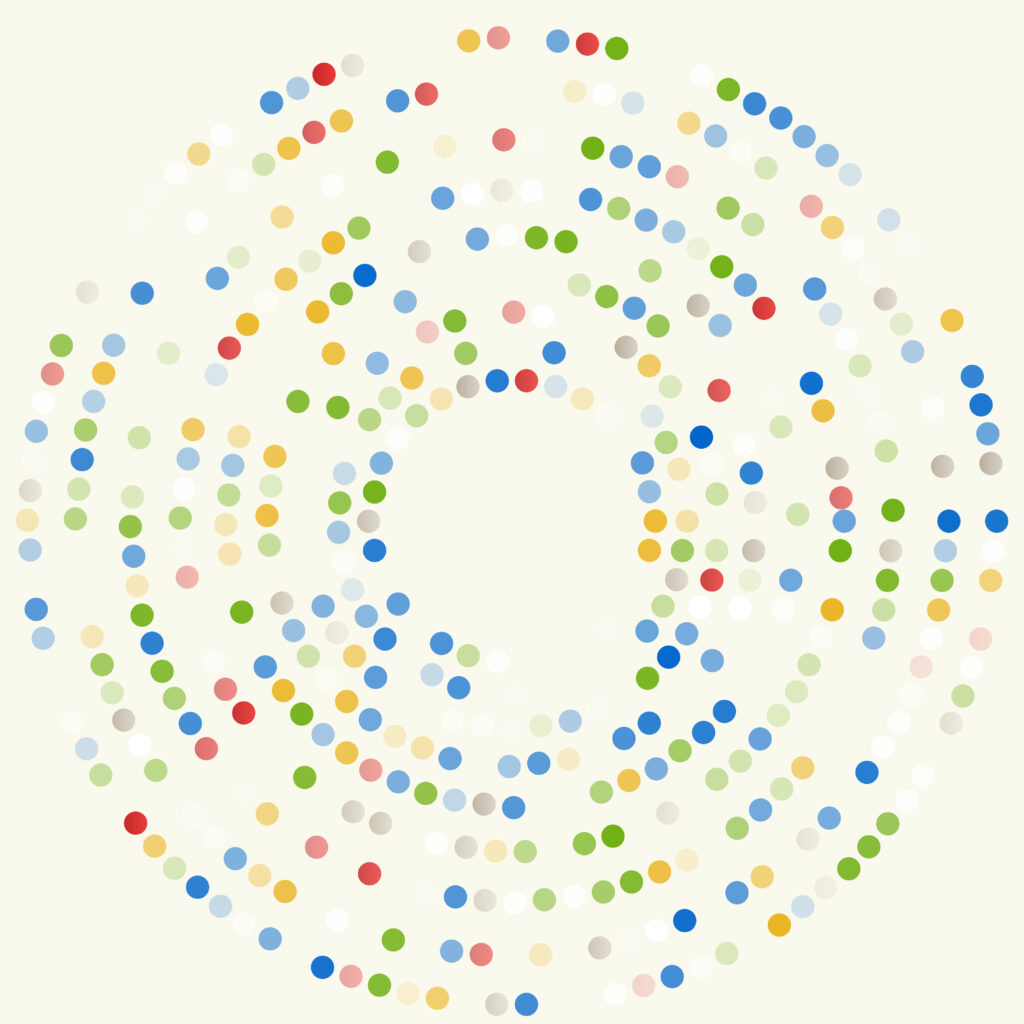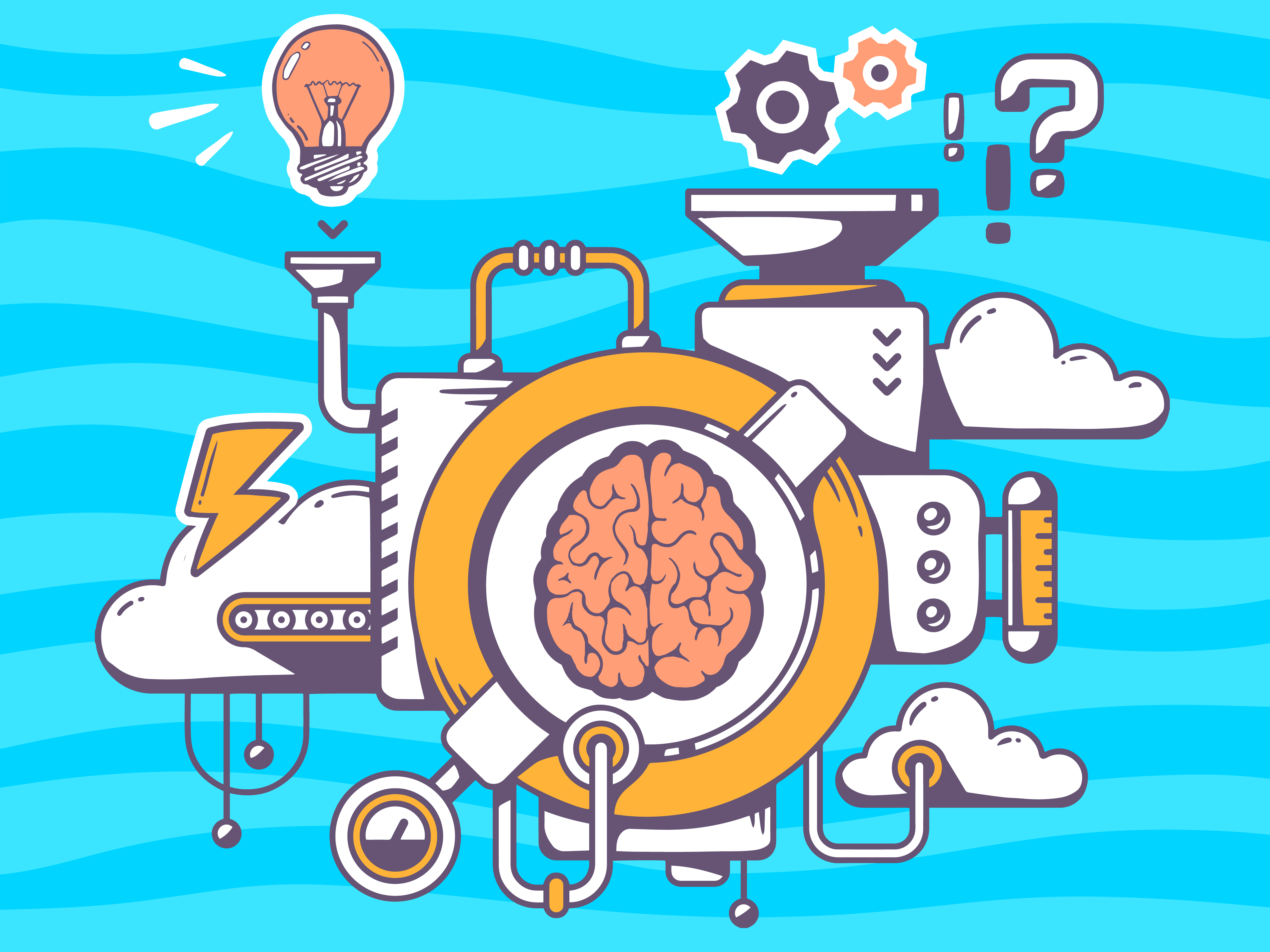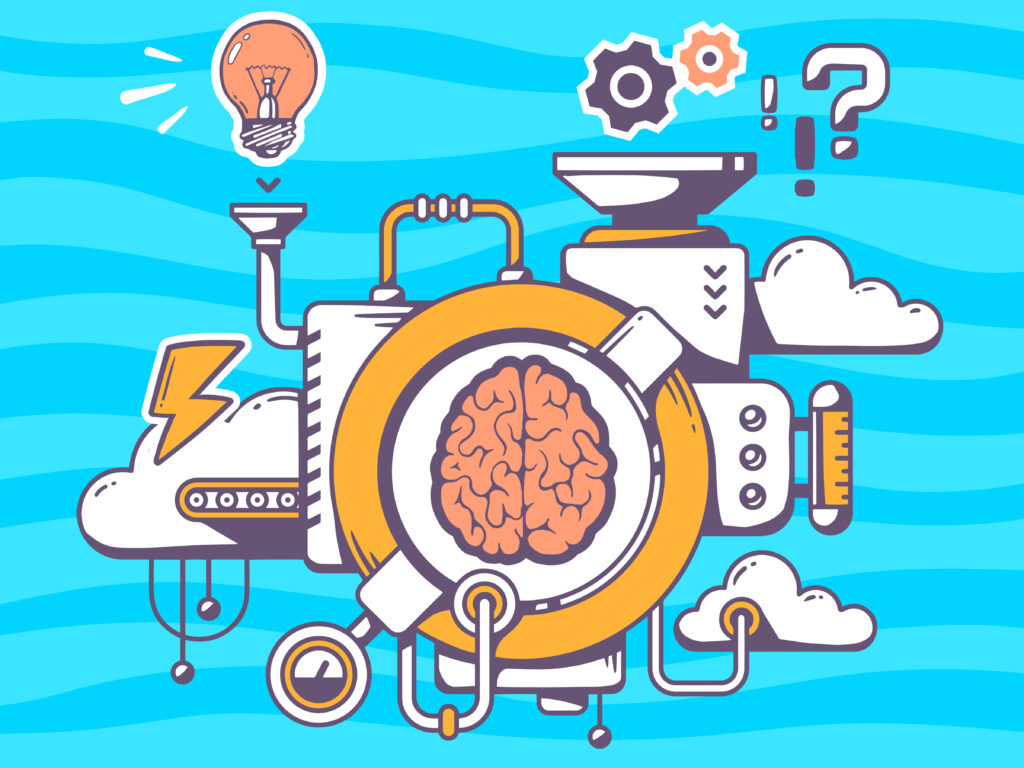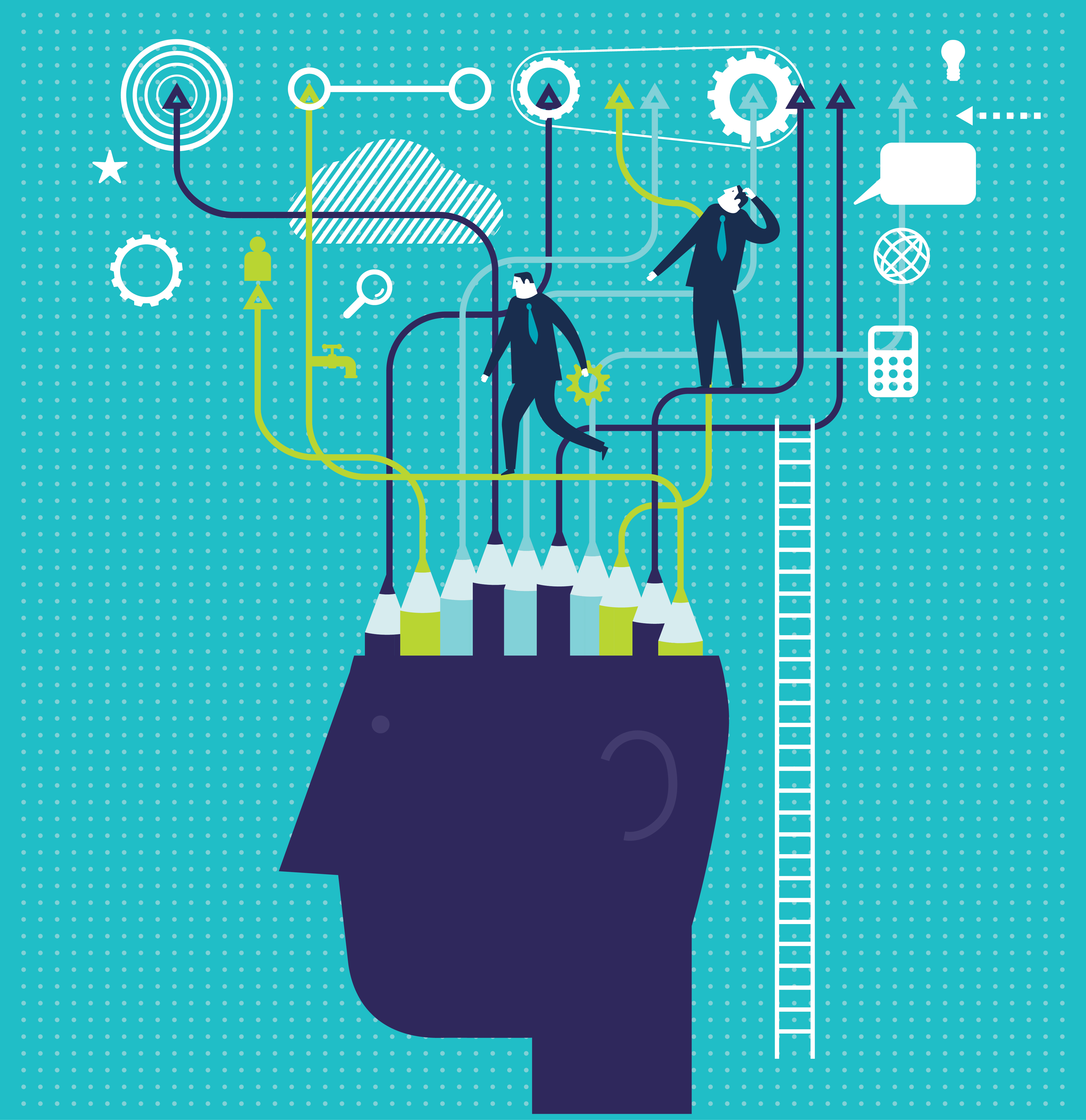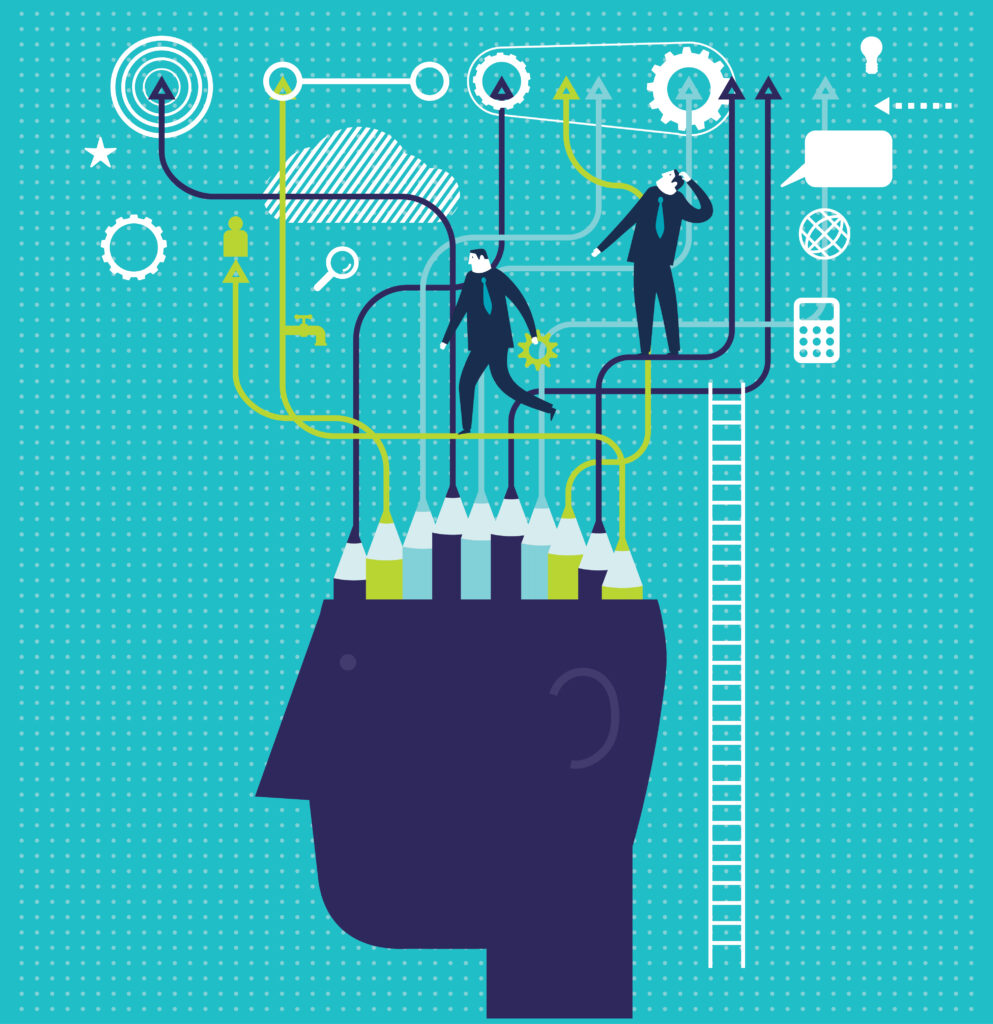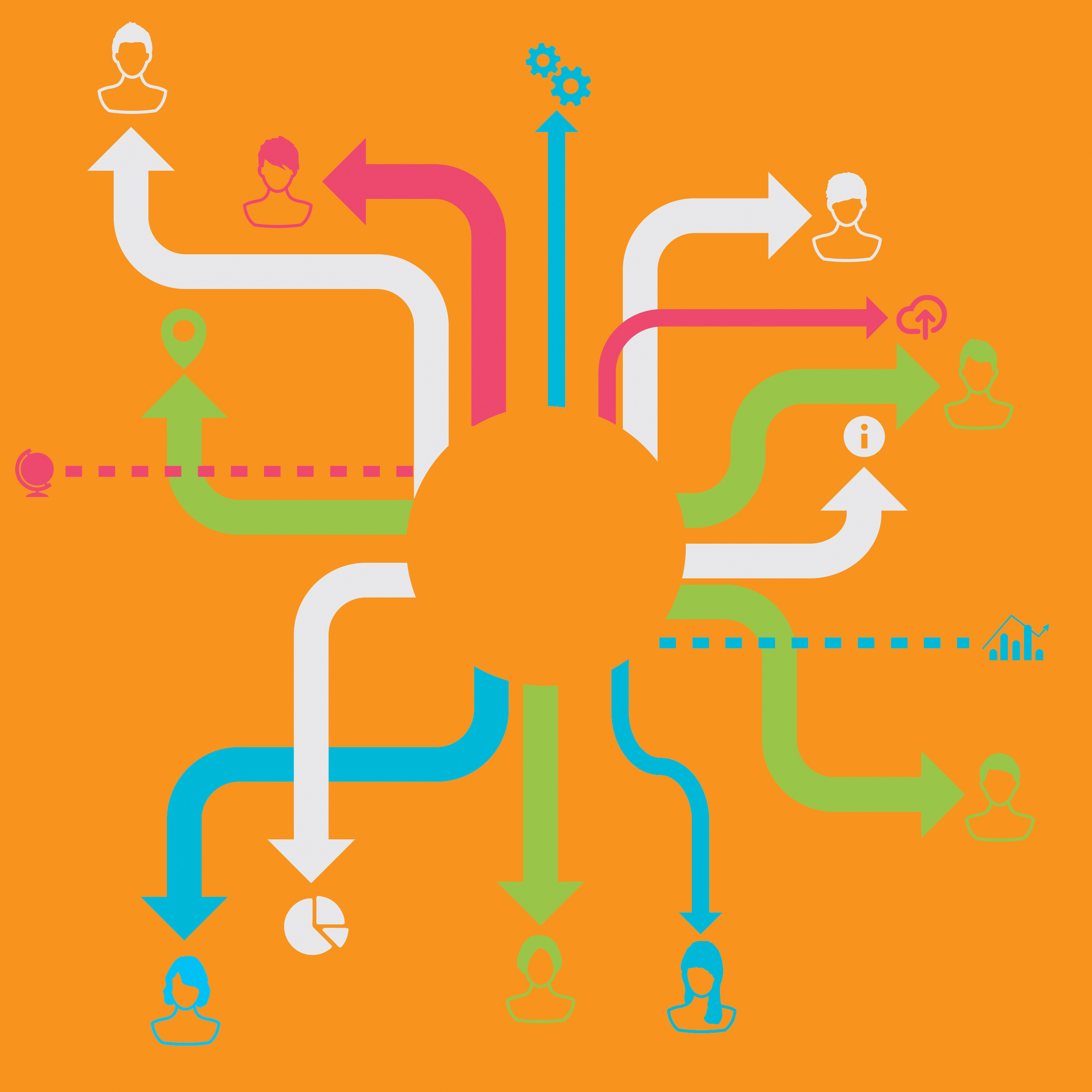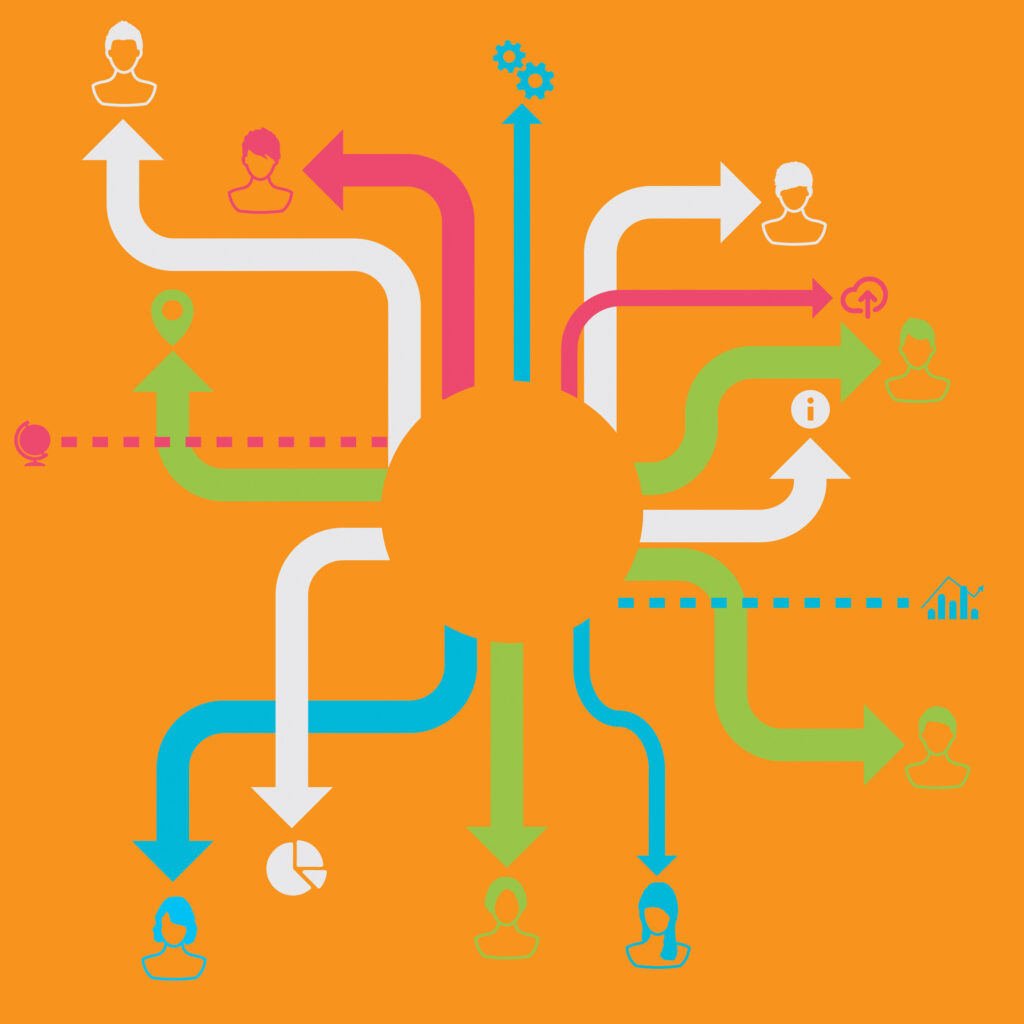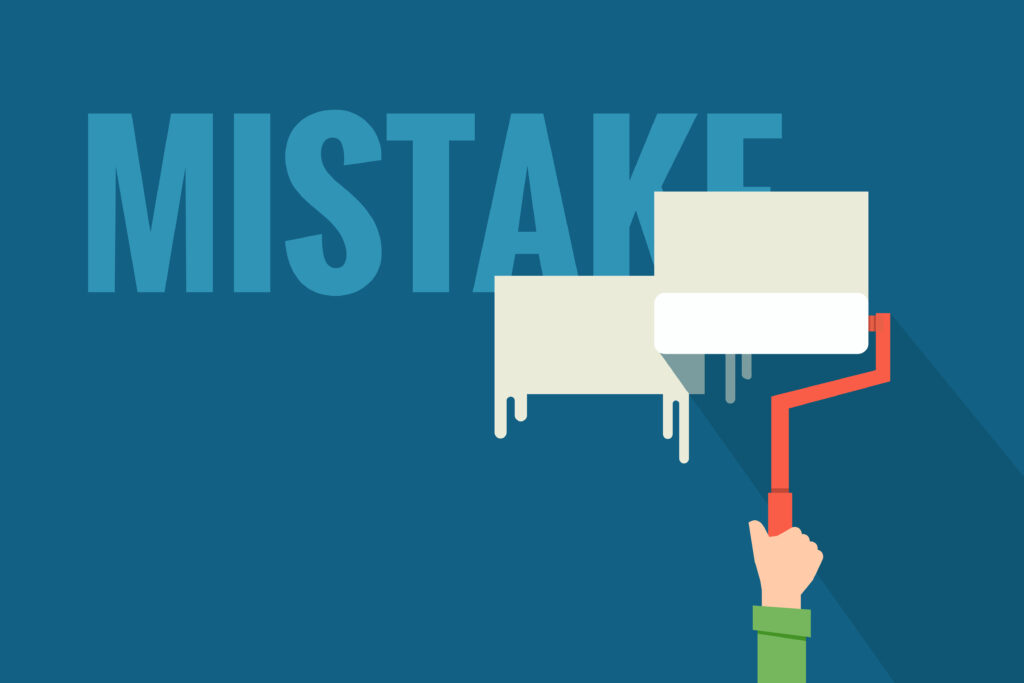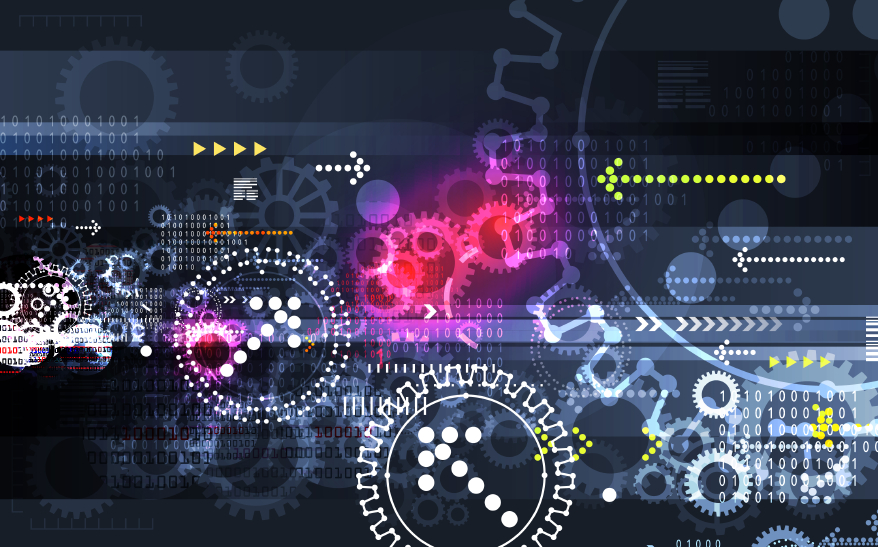

Changing Habits: When Autopilot Takes You in the Wrong Direction
“Insanity: doing the same thing over and over again and expecting different results.” – Albert Einstein
If you think about it, we live much of our life on autopilot. We’ve developed countless habit loops for daily activities: brushing our teeth, commuting to work, setting our DVRs. Unfortunately, some of our critical decision-making skills also go into sleep mode.
In the workplace, it’s natural to develop decision-making patterns due to time pressures, other priorities, even overconfidence (“I’ve done this before. I’m a pro.”). Our responses to problems or situations become automatic. When X event occurs, pull lever Y to solve the issue.
However, not all obstacles are created equal. A lack of presence around the nuances of a situation can be detrimental to a project – or an organization. Knee-jerk decisions often lead to costly mistakes. “This is how we’ve always done it” leadership mantras can also stifle thoughtful responses to unique challenges.
Fortunately there are several ways to become more aware of your ingrained behaviors and learn more productive ones.
Changing Habits: Find Your Blind Spots
An emotionally intelligent leader can monitor his or her moods through self-awareness, and change them for the better through self-management. But where does one start? How can you identify the areas you need to improve?
One way is to ask others to help you identify your blind spots. Hearing the truth about yourself can be uncomfortable. But self-delusion can derail even the most talented professional. Gather feedback from as many people as possible – including bosses, peers, and co-workers. Seek out negative feedback, even cultivating a colleague or two to play devil’s advocate. Keep an extremely open attitude toward critiques.
Such 360-degree feedback will reveal how people experience you – and provide you with valuable information about how you tick.
Changing Habits: Know How You Process Emotions
Customer complaints, tech issues or office politics illicit different emotional responses in different people. Knowing how you respond to such challenges can help you discover and practice new thought patterns that are positive and productive.
For instance, anger is a common response to office mishaps. Sometimes it’s justified. But will blowing up at a co-worker solve the problem? Will passive-aggressive treatment change the “wrong-doers” actions? Or would taking a five-minute walk help clear your head? After you’ve calmed down, could you talk with your co-worker to get a better understanding of the factors that played into making the mistake?
Remember, we may not be able to choose our stressors, but we can always choose how we respond to stress.
It’s also helpful to understand how our brains process emotions. The emotional centers are in the middle of our brains, especially in an area called the amygdala. In Daniel Goleman’s book The Brain and Emotional Intelligence: New Insights, he says,
“The amygdala is a trigger point for emotional distress, anger, impulse, fear, and so on. When this circuitry takes over, it acts as the ”˜bad boss,’ leading us to take actions we might regret later…. The key neural area for self-regulation is the prefrontal cortex, the brain’s ”˜good boss,’ guiding us when we are at our best. The dorsolateral zone of the prefrontal area is the seat of cognitive control, regulating attention, decision-making, voluntary action, reasoning, and flexibility in response.”
Changing Habits: Stop, See, Choose
Learning to recognize mental and physical signals to emotions play a major role in shifting mental habits. Do you grind your teeth or tap your pen on the table when meetings get derailed? Practice noticing your responses to triggers. Use them as guides to shifting your internal dialogue to a more neutral place. “I’m doing it again. Let me put my pen down, loosen my jaw and count to five. Then I can gently remind the team that we need to stick to the agenda.”
The more you become aware of thoughts, feelings and physical reactions to triggers, the more opportunities you have to practice behavior change.
Changing Habits: Retrain Your Brain
Making change means rewiring our brains by doing and redoing new behaviors, over and over, to break old neural habits and make a new behavior automatic.
One approach is mentally preparing for a task. This activates the prefrontal cortex – the part of the brain that moves us into action. More mental preparation translates into doing better at the task. And, the prefrontal cortex is particularly active when someone prepares to overcome a habitual response. Without that brain arousal, a person will reenact tried-and-true but undesirable routines. Learning agendas literally give us the brainpower to change.
Even just envisioning new behaviors will help. Brain research shows that imagining something in vivid detail can fire the same brain cells actually involved in doing that activity. Mental rehearsal and experimenting with new behaviors make the neural connections needed for genuine change, but they aren’t enough to make lasting change. For that, we need help from others – coaches, trainers, or trusted peers.
Changing Habits: Real-Time Test
Habit change may be a self-directed process, but it can’t happen in a vacuum. Our relationships with others help us articulate and refine our ideal self, compare it with reality, assess our progress, and understand the usefulness of what we’re learning.
We need to practice new skills with other people – in a safe environment. We need to get feedback about how our actions affect others and to assess our progress on our learning agenda.
Changing Habits: Additional Resources
Brain Science
Brainpower: Mindsight and Emotional Intelligence in Leadership
Develop a Healthy Mind: How Focus Impacts Brain Function
The Brain and Emotional Intelligence: New Insights
Practical Application
Mindful Leadership Breakthrough System
Cultivating Focus: Techniques for Excellence
Relax: 6 Techniques to Lower Your Stress
Thriving on Change: The Evolving Leader’s Toolkit

